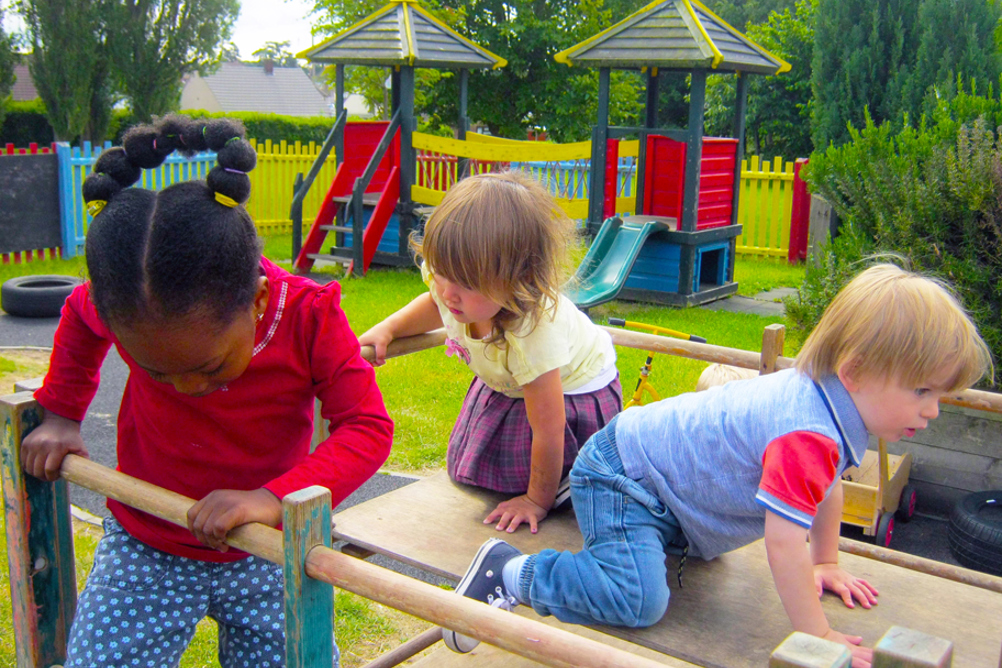World? Marianne Sargent finds inspiration in Northamptonshire

The Early Years Foundation Stage specific area of learning Understanding the World is all about being curious, making new discoveries and ultimately finding out how the world and its inhabitants work - perfect for the two-year-old child who is so much looking forward to getting their hands on everything around them.
At this age, a child's main mission in life is to explore, discover and conquer the world that is gradually opening up to them. They finally have the physical mobility they need to access those places that were previously unreachable. They are gaining the confidence to play independently, try new activities and take on challenges. What's more, they are fast developing the language skills they need to interpret what they see and experience, as well as the communication skills to exchange ideas with others.
Register now to continue reading
Thank you for visiting Nursery World and making use of our archive of more than 35,000 expert features, subject guides, case studies and policy updates. Why not register today and enjoy the following great benefits:
What's included
-
Free access to 4 subscriber-only articles per month
-
Unlimited access to news and opinion
-
Email newsletter providing activity ideas, best practice and breaking news
Already have an account? Sign in here









